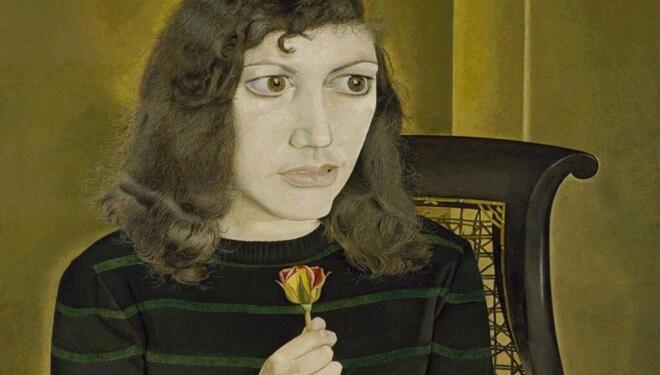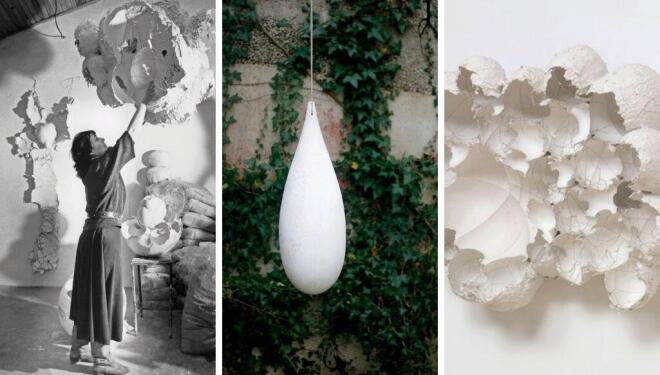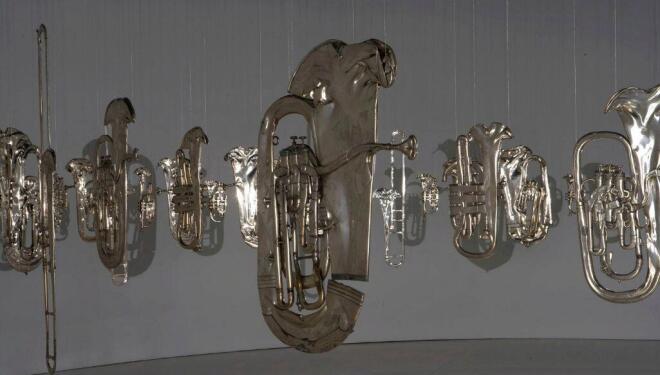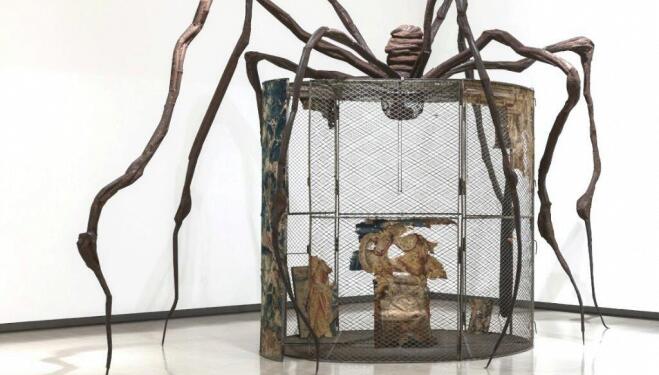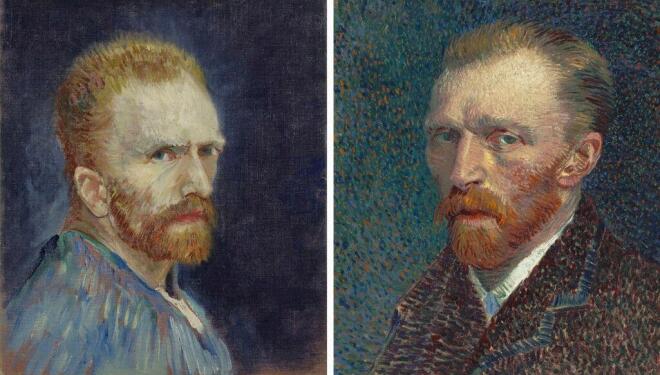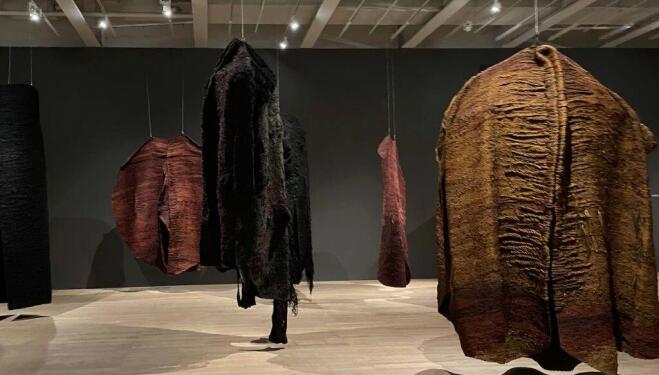
Giant, woven, totemic sculptures stand among sand dunes - rippling in the wind. It looks like it could be the start of a science fiction film about aliens arriving on Earth, but in fact it’s a film about the works of Polish artist Magdalena Abakanowicz.
It’s an effect Tate Modern has tried to recreate in a dark room with sculptures towering over visitors with some spilling out ropes and fibres as if these are its entrails - like we’ve stumbled across the aftermath of a massacre. It’s the kind of art that hits you like a sledgehammer and makes you wonder how you’ve never heard of this artist before.
The darkness in her work becomes clearer upon finding out she grew up and lived through both Nazi occupation in World War II and the Communist regime that came after. She witnessed her mother’s arm being severed at the shoulder by a bullet from a Nazi soldier and it makes her sculpture of a felled tree with metal caps at both ends of a section of the trunk all the more poignant.
The work isn’t only about darkness, but also about our connection with nature - something she keenly felt as we see from her collection of animal horns and a work named Diptera that appears to have wings and was named after the taxonomic order that flies belong to.
Her connection with the use of fibres and the creation of woven works is beautifully summed up in her words: “I see fibre as the basic element constructing the organic world on our planet … it is from fibre that all living beings are built … We are fibrous structures”.
And this comes through in her works that feel like they could be living, pulsating creatures that she has crafted from her mind and her hands. Her works were dismissed under the communist regime in Poland for not sufficiently advancing the Socialist cause but her work transcends politics and reaches deeper to our connection with the Earth and nature, which feels very relevant in the Climate Emergency we are living through today.
Magdalena Abakanowicz may be an artist many haven’t heard of before, and this show does a great job of doing her works justice, and these works need to be seen in person to fully appreciate their scale and intensity.
Magdalena Abakanowicz at Tate Modern. 17 November - 21 May 2023. £16.
| What | Magdalena Abakanowicz exhibition, Tate Modern Review |
| Where | Tate Modern, Bankside, London, SE1 9TG | MAP |
| Nearest tube | Southwark (underground) |
| When |
17 Nov 22 – 21 May 23, 12:00 AM |
| Price | ££16 |
| Website | Click here for more information |
.png)
